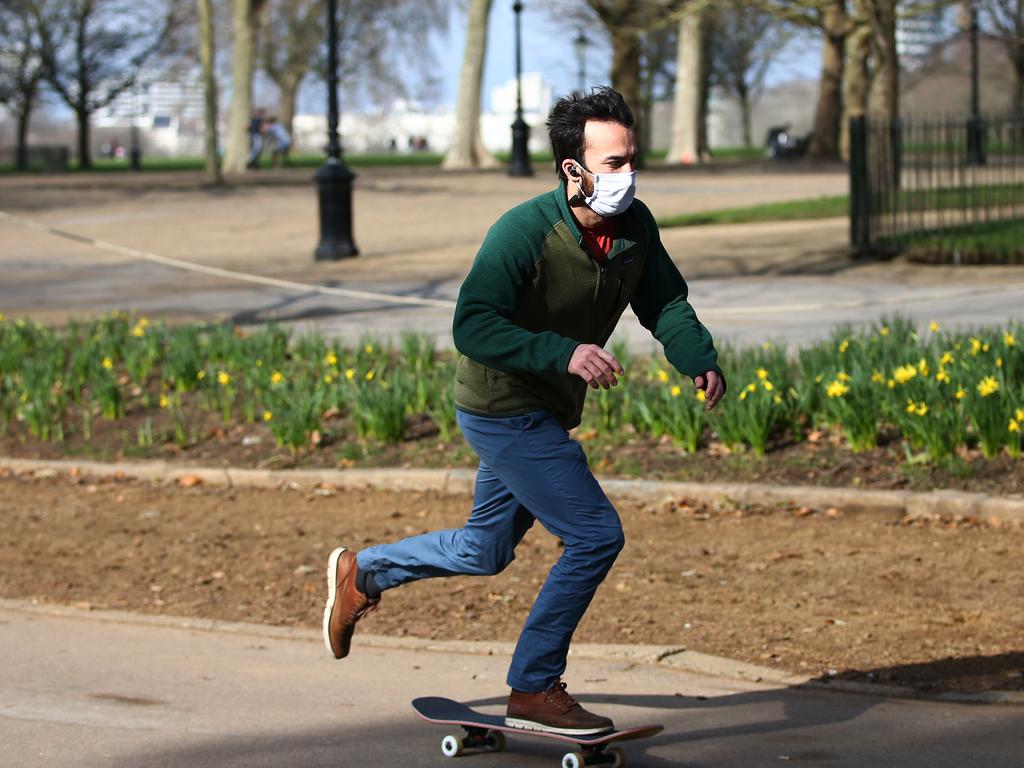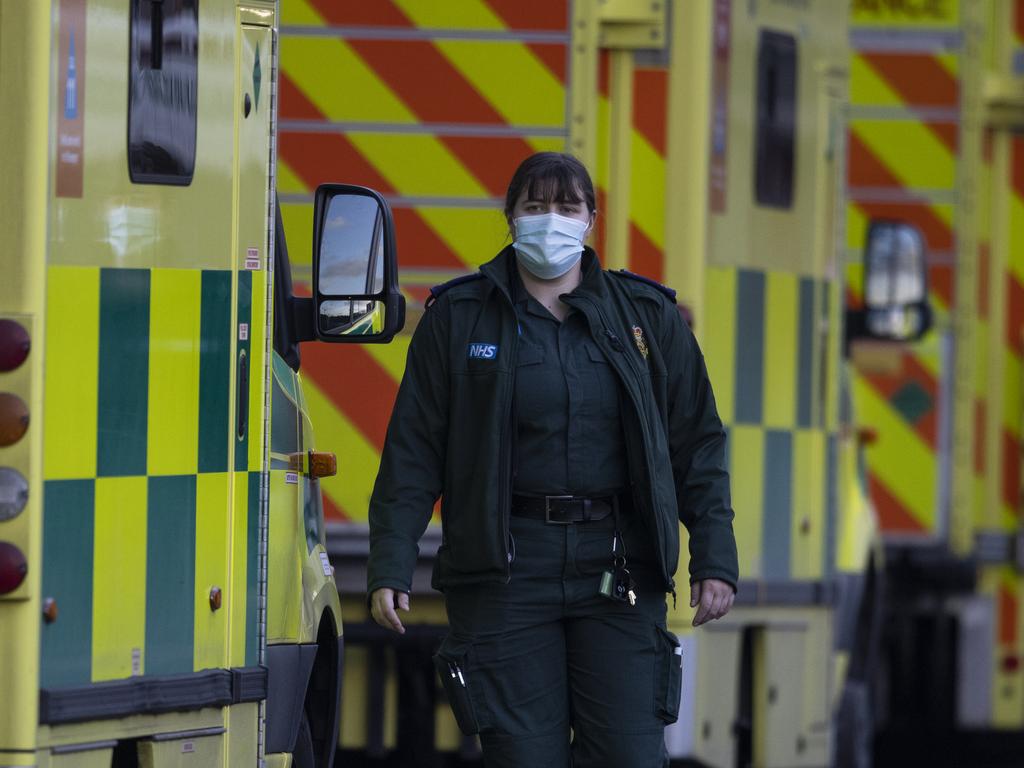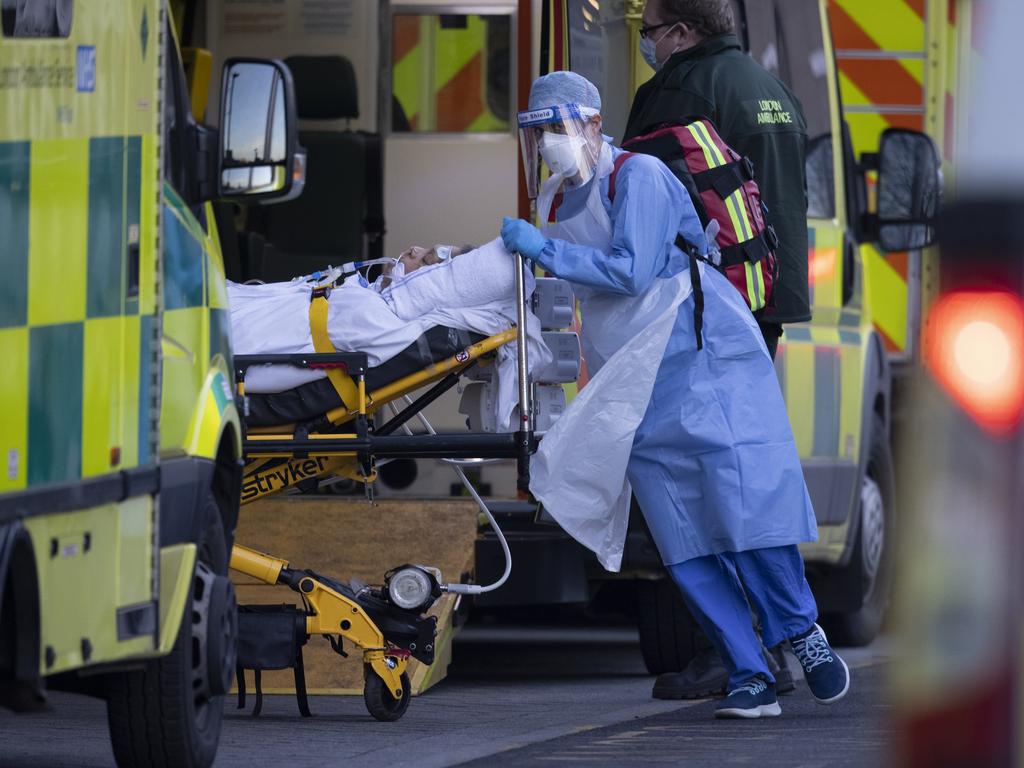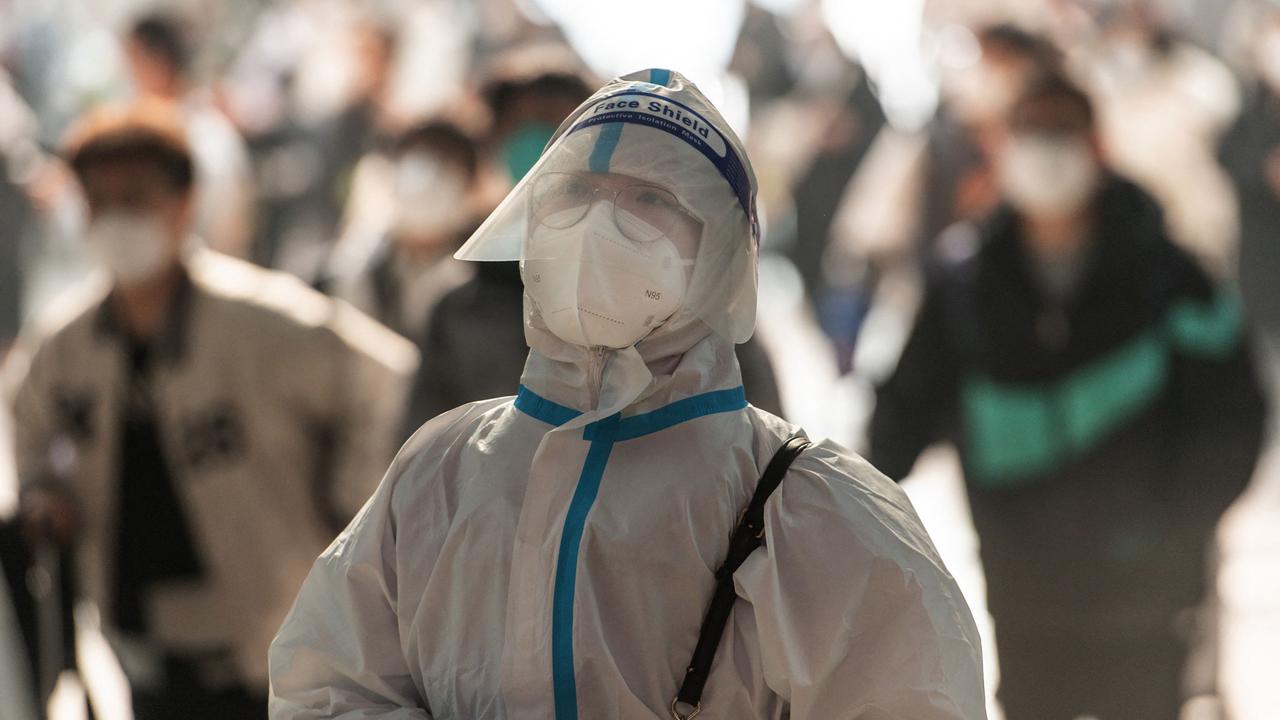UK COVID: Boris Johnson delivers lockdown exit roadmap
The UK PM outlined how rules will be eased, but some have called it “reckless” amid warnings the nation could face a “large wave” of COVID.
UK Prime Minister Boris Johnson has set out a roadmap out of England’s arduous third lockdown but warned he could slam on the brakes if cases start to soar once more.
Mr Johnson warned he would proceed “cautiously” so as not to undo the progress achieved in the battle against COVID-19, with the UK one of the hardest-hit countries in the world after more than 120,000 deaths and 4.1 million cases.
His plan is to begin easing restrictions from March 8, reopening pubs and restaurants from April 12 and restarting festivals and large sporting events from June.
But the UK government’s chief scientific adviser Patrick Vallance warned there was a risk of “flying blind” is all restrictions are scrapped too quickly.
He said that at least four weeks was needed to assess the impact of each stage of lifting restrictions and that that some measures will be needed beyond 2021. “The sooner you open up everything, the higher the risk of a bigger resurgence,” he said.

RELATED: London’s deadly COVID triangle
Professor Angela McLean, the government’s deputy chief scientific adviser, said that in a scenario with “very fast unlocking” in which most restrictions were lifted by late April “it’s pretty clear ... that we would expect a large wave”, according to Sky News.
From March 8, all schools in England will reopen, elderly care home residents will be allowed one visitor, and groups of two will be allowed to sit down outdoors for a coffee, drink or picnic — by which point all top priority groups should have some immunity from their first vaccine dose.
But teaching unions have said that all students returning on the same day is “reckless”, and the UK’s chief medical officer Chris Whitty is “very unhappy” with the idea, education sources told The Guardian this week.
From March 29, outdoor gatherings of up to six people from two households will be allowed and sports facilities such as tennis or basketball courts and outdoor swimming pools will reopen. The formal “stay at home” order will be lifted but people will be encouraged to work from home if possible and most international travel will remain illegal.
Despite pressure on the government from the UK’s struggling hospitality industry, pubs and restaurants gardens will not open until April 12 — and even then only members of one household will be allowed indoors. Non-essential stores, hairdressers, beauty salons, gyms, libraries, zoos, museums will also open on this date.
From May 17, gatherings of up to 30 will be allowed outside and groups of six inside, with weddings, funerals and large-scale sports events and performances resuming.
And from June 21, all limits on socialising are set to be removed, nightclubs could reopen and international travel could resume — assuming there have been no backwards steps.
“Our decisions will be made on the latest data at every step, and we will be cautious about this approach so that we do not undo the progress we have achieved so far and the sacrifices each and every one of you has made to keep yourself and others safe,” Mr Johnson said in a statement on Monday morning local time.
John Edmunds, an epidemiologist and government adviser from the London School of Hygiene and Tropical Medicine, told the BBC: “The vast majority of us are still not immune.
“Easing up too quickly will increase pressure, cases will increase again. We’re not through this yet.”

RELATED: UK paramedic reveals hospitals at breaking point
The news comes almost a year after England’s first stay-at-home order. The latest COVID-19 lockdown began on January 4 but many regions were already facing tight restrictions before Christmas.
Mr Johnson has faced harsh criticism for its failures in locking down too slowly and reopening too fast early in the pandemic; lacking adequate supplies of personal protective equipment and not communicating effectively.
However, the UK’s vaccine rollout at this stage appears to be its first success story, with the government hoping to have offered all residents a first dose by the end of July.
The UK has now given a first vaccine dose to 17 million people — a third of the adult population — and case numbers are falling.
But Mr Johnson has warned that four key tests would be needed to move through each stage of his lockdown exit plan.
- Vaccine deployment continues successfully
- Vaccines are sufficiently effective in reducing hospitalisations and deaths
- Infection rates do not risk a surge in hospitalisations
- Risk assessments are not fundamentally changed by new variants

“All of us understandably want to go back to normal, but it is right to be cautious,” said Health Secretary Matt Hancock, observing that almost 20,000 COVID-19 patients are still in hospital in the UK.
The ray of light for the UK comes after Britain’s hospitals came dangerously close to collapse early this year, with a surge in coronavirus cases seeing ambulances forced to treat patients for up to nine hours as they queued outside wards; oxygen supplies rationed as use of ventilators soared; and morgues and cemeteries overwhelmed with bodies.
UK epidemiologist and government adviser Mike Tildesley said he remained “sceptical” about international travel happening before 2022.

Australian Health Minister Greg Hunt has also said it is unlikely overseas arrivals in Australia will be able to avoid hotel quarantine, echoing previous predictions that the country will remain closed off for the rest of 2021.
The England roadmap will apply to the whole country at once, rather than by region, and seeks to balance economic and social impacts with health and safety.
“Our priority has always been getting children back into school which we know is crucial for their education as well as their mental and physical wellbeing, and we will also be prioritising ways for people to reunite with loved ones safely,” said the UK PM.
MPs will vote on the regulations in the coming weeks, and politicians in Scotland, Wales and Northern Ireland work on their own plans for easing lockdown.
In Northern Ireland, the administration is resuming younger classes on March 8 but has extended its overall lockdown to April 1.




